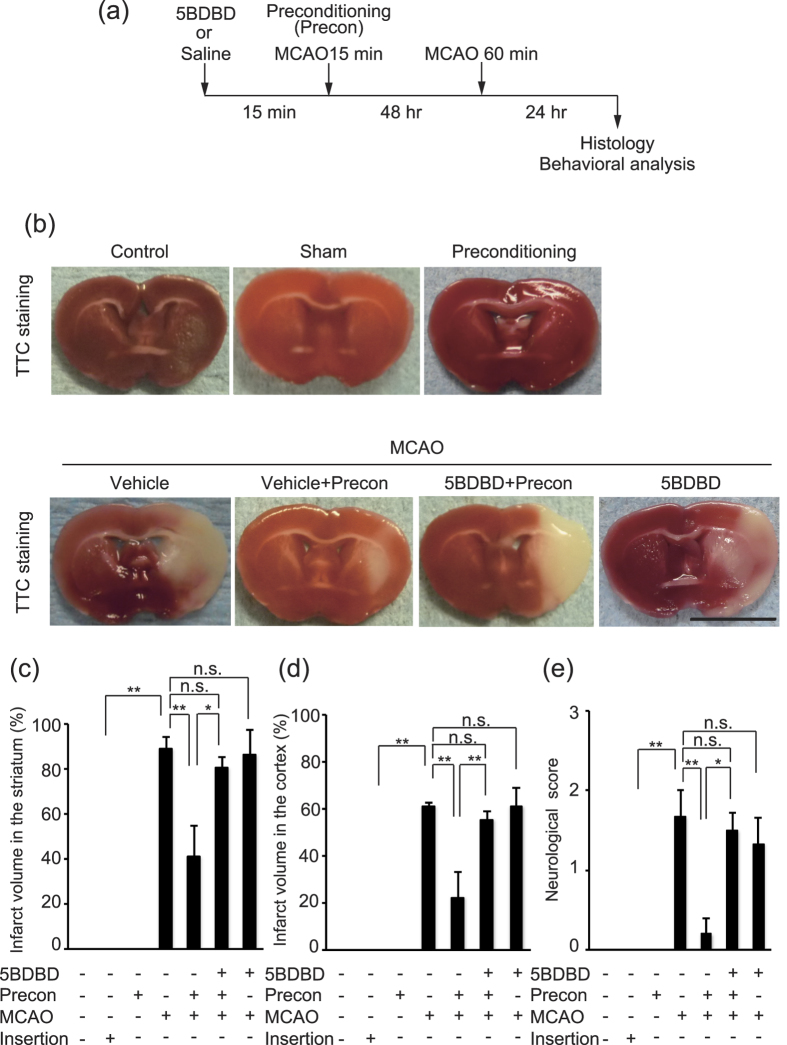Figure 1. P2X4 receptor inhibition abolishes neuroprotection via ischemic preconditioning.
(a) Experimental design of the study. IPC (15 min MCAO) was conducted 48 hr before prolonged MCAO (60 min ischemia). 5BDBD or saline was intracerebroventricularly administered 15 min before IPC. Brain sections were obtained 24 hr after prolonged MCAO. (b) Representative images of TTC-stained brain slices. Bar, 5 mm. (c,d) Graphs show the percentage of infarction (infarct ratio) in the ipsilateral striatum (c) and cortex (d). Insertion means just insert filament into the internal carotid artery which was immediately withdrawn to make sham mice. IPC provided effective neuroprotection against brain injury caused by prolonged MCAO (striatum p = 0.0022, cortex p = 0.0008, **p < 0.01, ANOVA with the Tukey-Kramer test). The infarct volume was larger in mice that underwent both an intracerebroventricular injection of 5-BDBD (148.6 μg/kg body weight), a P2X4 receptor antagonist, and IPC than in mice that did not receive 5BDBD treatment (striatum p = 0.0135, cortex p = 0.0040, *p < 0.05, **p < 0.01, ANOVA with the Tukey-Kramer test). The data represent the mean ± s.e.m. (control, n = 3; IPC, n = 3; MCAO, n = 6; IPC and MCAO, n = 5; 5BDBD, IPC and MCAO, n = 6; 5BDBD and MCAO, n = 3). (e) IPC prevented the progression of neurological deficits caused by MCAO (p = 0.0039, **p < 0.01, ANOVA with the Tukey-Kramer test). Mice that underwent the combination of 5-BDBD pretreatment and IPC showed severe neurological deficits compared with those that did not receive 5BDBD treatment (p = 0.0117, *p < 0.05, ANOVA with the Tukey-Kramer test). The data represent the mean ± s.e.m. (control, n = 3; IPC, n = 3; MCAO, n = 6; IPC and MCAO, n = 5; 5BDBD, IPC and MCAO, n = 6; 5BDBD and MCAO, n = 3).

